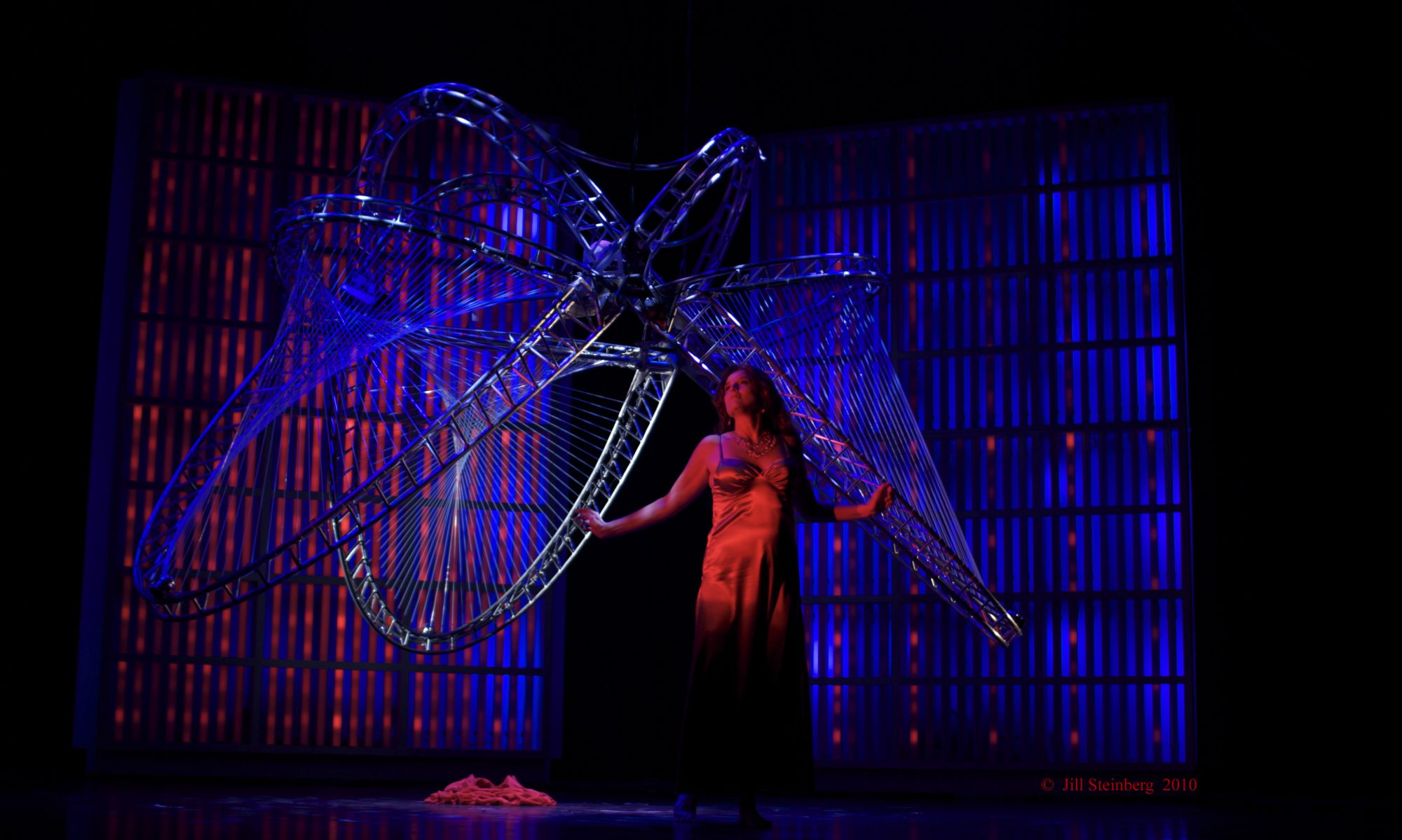A one-stop-shop for performing organizations interested in Tod Machover’s “Sparkler”, a work for orchestra and electronics.
“Machover’s controlled venturesomeness in terms of rhythm, tempo, and dynamics makes the music so scintillating that “Fireworks” would have been a likelier title for this work…”
– Phil Muse“Sparkler (2007) sparkles. There’s a wealth of color-drenched details: virtuosic wind passages juxtaposed with high string sonorities and untuned metallic percussion…”
– Andrew Violette in New Music Connoisseur
LISTEN – Excerpts
To request a CD or MP3 of full tracks please email junekino@media.mit.edu for a download code. The CD is available for purchase from Bridge Records and Amazon.com.
Sparkler (opening)
Sparkler (excerpt)
THE SCORE: ‘Sparkler’ (Boosey & Hawkes 2001)
PERFORMING ENSEMBLE REQUIREMENTS
“Sparkler” is scored for a large orchestra with standard complement of strings and brass, augmented winds (flutes and alto flute; oboes; clarinets in B-flat and E-flat and bass clarinet; oboes; English horn; bassoons and contrabassoon) and large percussion battery of pitched and unpitched instruments – vibraphone, celeste, xylophone, glockenspiel, marimba,
maracas, thunder sheet, glass wind chimes, temple bells, tamtams, tomtoms, suspended cymbals, low gong, timbales, temple blocks, roto-toms, bass drum, snare drum, and tympani.
There are three keyboard synthesizers, two of which play precisely notated, richly colorful electronic parts, while the third triggers intricate timbres and also sends instructions to the computer system. At times, the live sound of the ensemble is analyzed and turned into a “controller”, so that every variation in performance instigates a different response from the electronics, turning it into what Machover has called a “hyperorchestra.”
REVIEWS OF ‘SPARKLER’ ARE CONTAINED IN REVIEWS OF THE CD “…BUT NOT SIMPLER…”
- Gramophone – Review of “…but not simpler…”
- New Music Connoisseur – Andrew Violette review “…but not simpler…”
- Audiophile Audition – TOD MACHOVER: ‘…but not simpler…’ & other works – Bridge Records
- NPR – February 12th Weekend Edition review ‘Jeux Deux’
- Review: Machover CD an “absolutely stunning experience”
- AllMusic.com – Review of Tod Machover’s …but not simpler…
NOTES (From Booklet notes by Richard Dyer, former chief music critic for the Boston Globe.)
Like many of Machover’s works, Sparkler looks back to explorations he has made before and extends them. Although it is a short piece, entertaining, pensive and exciting in turn, it reflects many of the composer’s ambitions and preoccupations as he sought to synthesize traditional high arts with popular culture, and to create electronic extensions of traditional instruments to expand their sonic and expressive range in the hands of gifted performers…
Sparkler is an evocation of the many moods of childhood – joy, awakening curiosity, even terror – as remembered by Machover as an adult, and as re-experienced by the composer with his own children, and through the many lucky children involved in the Toy Symphony project. The overture falls into 10 sections that flow into each other without interruption and that the ear can easily grasp because each episode has such a specific character. The entire piece is built on an “endless’’ melody that assembles itself, note by note, timbre by timbre, in the first section, which is marked “Free and Dreamy.’’ By section 2, “flowing,’’ the melody is ready to move purposefully. The following self-explanatory sections are “Spreading,’’ “Contrasted,’’ “Swirling,” “Bold,” “Shimmering,’’ “Brilliant, Bouncing,” and “Texture Blobs.’’ The final section “Coda (Calm)” restores the mood with which the piece began.
The electronic element is most obvious in the “Texture Blobs,’’ three minutes of music in which the players and conductor are given a great deal of leeway within a strictly controlled environment – for example, in the first blob, players are assigned pitches which they can play in any order, rhythm or tempo, within parameters provided by the composer and indicated by the conductor’s gestures; the sound should be “delicate and chimeric.’’ Over the course of the blobs, the flurries of activity become more systematically organized until they become “fused and furious.’’ It is in these quasi-improvised passages that the electronics most audibly extend the dynamic and sonic range of the orchestra, and it is clear that the conductor and the orchestra are generating and controlling what the electronics do. In Machover’s words, the sounds of the live orchestra “push, pull, twist and morph” the electronic extensions.
At other moments, the relationship between the orchestra and the electronics develop along other lines – sometimes the emphasis is on contrast; at other points the emphasis is on how live and electronic sounds can complement and reinforce each other; at the climax there is a kind of synthesis. Even though Machover is dealing with a very large ensemble, his orchestration is precise, clear and varied rather than lush. Each of the sections of the piece has its own characteristic sound which generates and interweaves with the electronic element. Sometimes the electronics simply cast an aura around the acoustic sound, but as the piece progress it more often creates additional layers of timbre and teeming activity. The interpenetration of live and electronic sounds creates a rich tapestry, both dense and three-dimensional. The range of styles is as exuberant and expressive as the range of tempos and moods. The work not only contains but bridges the worlds of classical and popular music – the “Ode to Joy’’ from Beethoven’s Ninth Symphony makes an appearance, and so do some characteristic tropes of the Beatles; concert music, jazz and rock music are facets of the prism that rotates, catches the light, and sparkles in Sparkler.
Machover dedicated Sparkler to “the victims of the September 11th atrocities; and to children worldwide who – through their generosity, openmindedness, sense of humor, and unbridled imagination – can help the rest of us heal, regain our courage, and move forward with renewed energy, enthusiasm, and compassion.”
